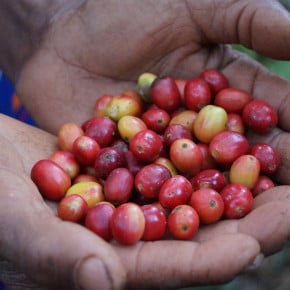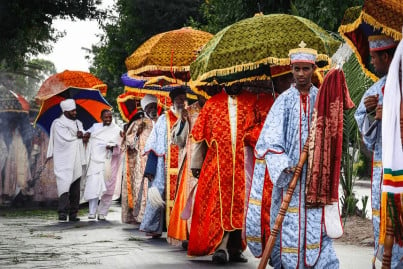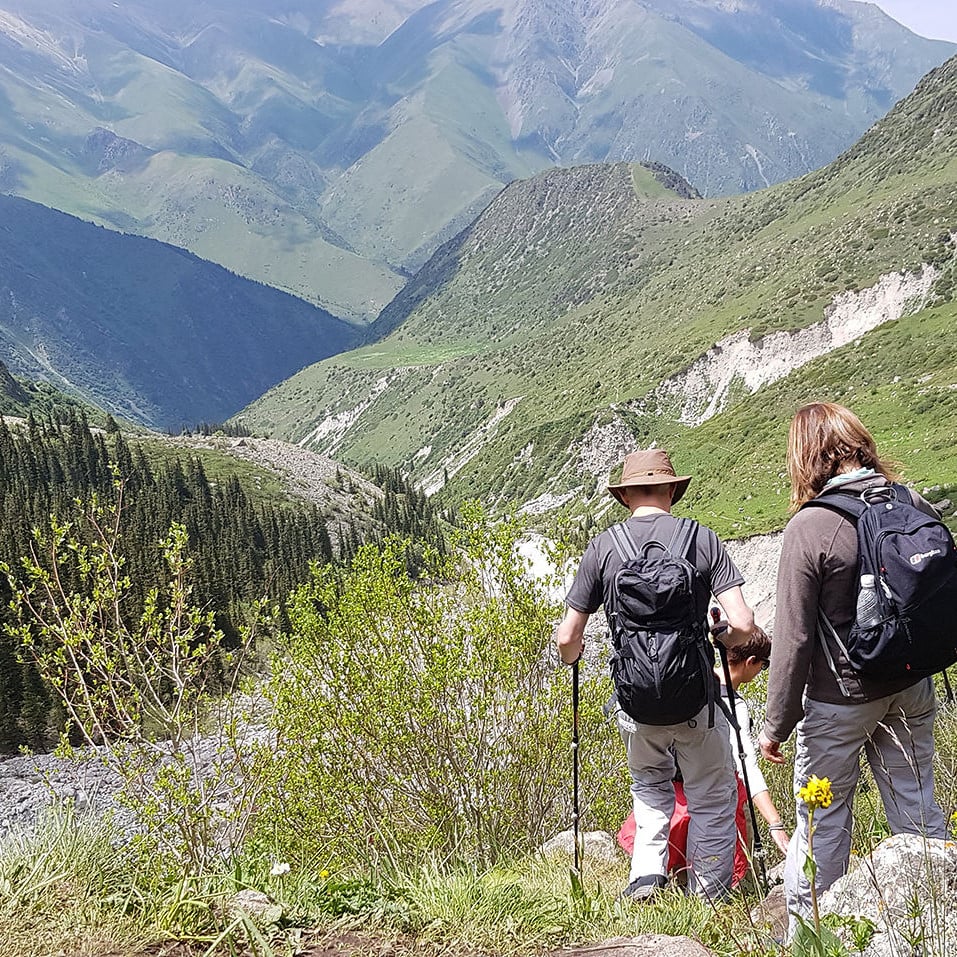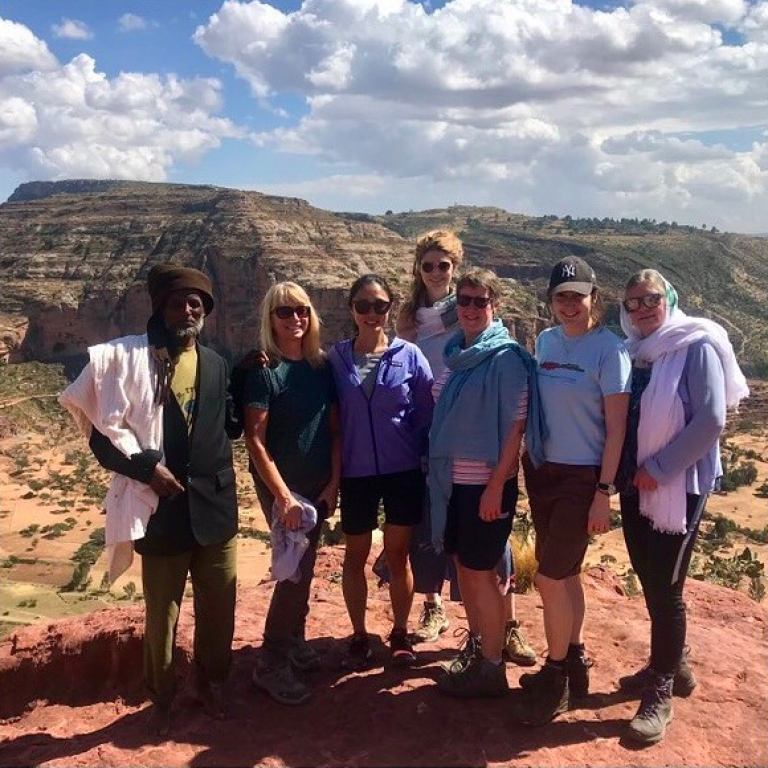
Ethiopia: Climate, Seasons & Where To Visit
Ethiopia is a land of breathtaking landscapes, ancient cultures and a climate as unique as its history. Often referred to as having “13 months of sunshine,” this phrase reflects both Ethiopia’s distinctive calendar (where the year is divided into 13 months) and its predominantly sunny weather.
Even during the rainy season, there are still significant hours of sunshine each day, making Ethiopia a fantastic destination for adventurous travellers.
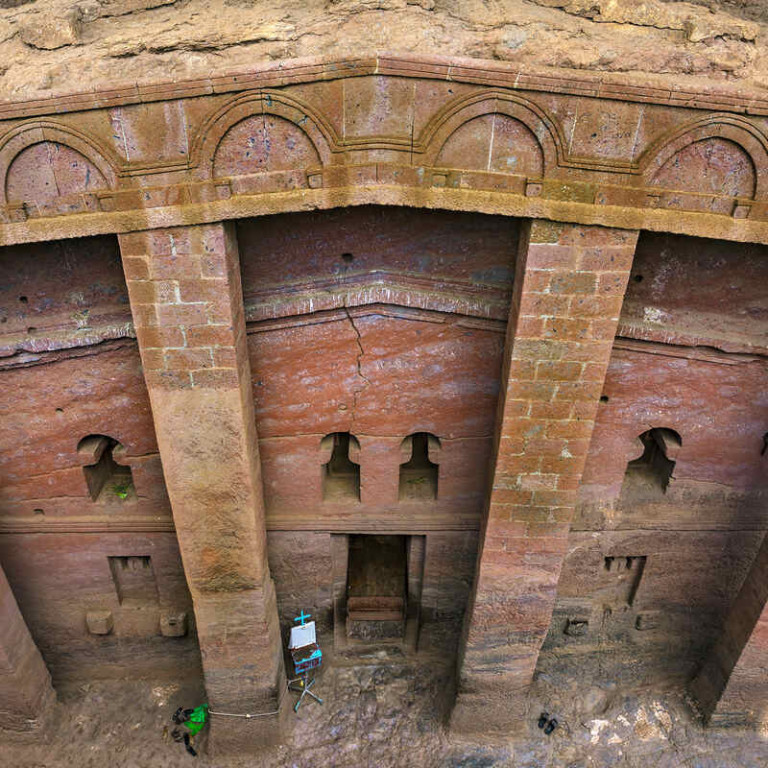
Ethiopia’s Unique Calendar: 13 Months in a Year
Ethiopia follows the Ethiopian calendar, which consists of 13 months — 12 months of 30 days each and an additional short month, Pagumē, with five or six days depending on whether it is a leap year.
The Ethiopian calendar is seven to eight years behind the Gregorian calendar, meaning travellers visiting Ethiopia are stepping back in time!
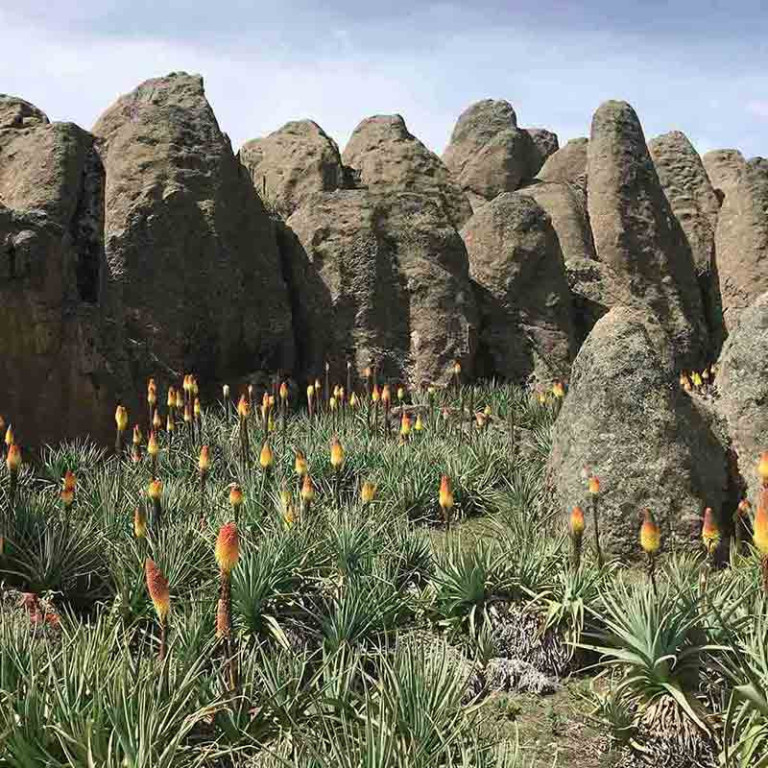
Understanding Ethiopia’s Different Climates
Ethiopia’s climate varies dramatically depending on altitude, making it an incredibly diverse country to explore.
The country can be divided into three main climate zones:
The Highlands(e.g., Addis Ababa, Lalibela, Simien Mountains) – Cooler temperatures, especially in the dry season, with daytime highs around 22°C (72°F) and crisp, chilly nights.
The Rift Valley & Lowlands (e.g., Omo Valley, Danakil Depression) – Hotter and drier, with temperatures in the Danakil Depression often exceeding 40°C (104°F).
The Bale Mountains – A mix of highland coolness and misty forests, perfect for wildlife spotting.
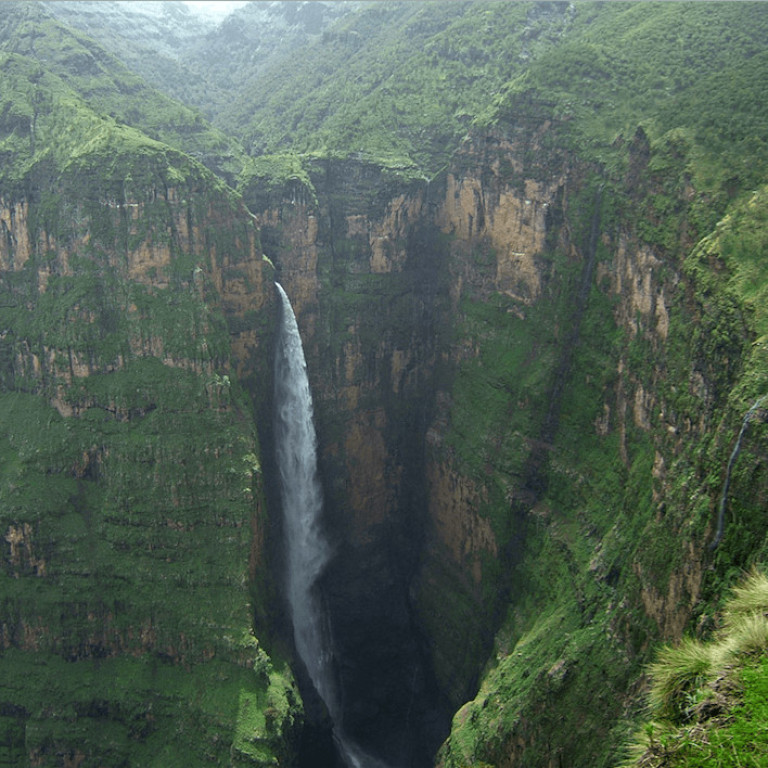
Ethiopia's Weather Seasons
The country has three main seasons:
Bega (October – January): Post-rainy season, the landscapes are lush, the air is fresh and the weather is perfect for hiking in the Simien and Bale Mountains or exploring the rock-hewn churches of Lalibela.
Belg (February – May): The short rainy season, with light showers that refresh the landscapes but don’t disrupt travel. A great time to visit the Rift Valley and Omo Valley, with warm temperatures and minimal rainfall.
Kiremt (June – September): The main rainy season, particularly in the highlands, though mornings and afternoons still offer sunshine. While the highlands experience rainfall, the lower-altitude regions like the Danakil Depression remain accessible.
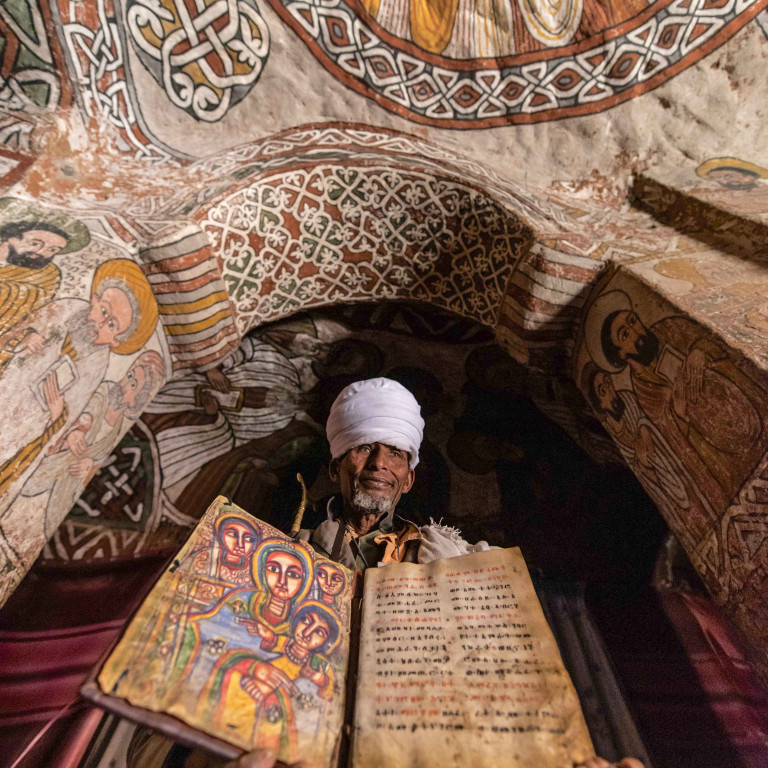
The Best Time to Visit Ethiopia
The most popular travel season is from September to April. However, Ethiopia can be visited (and enjoyed) all year-round, particularly in the north, where YellowWood Adventures operates its tours.
Tigray and other parts of the north remain accessible and enjoyable all year round, making them excellent destinations for those looking to avoid peak-season crowds and experience a more peaceful side of Ethiopia.
Trekking in the Gheralta Mountains, where ancient rock-hewn churches sit atop towering cliffs, is also just as rewarding outside peak months. Traveling in the off-peak season means fewer crowds, a chance to experience a greener landscape and a chance to contribute to sustainable tourism in the region.
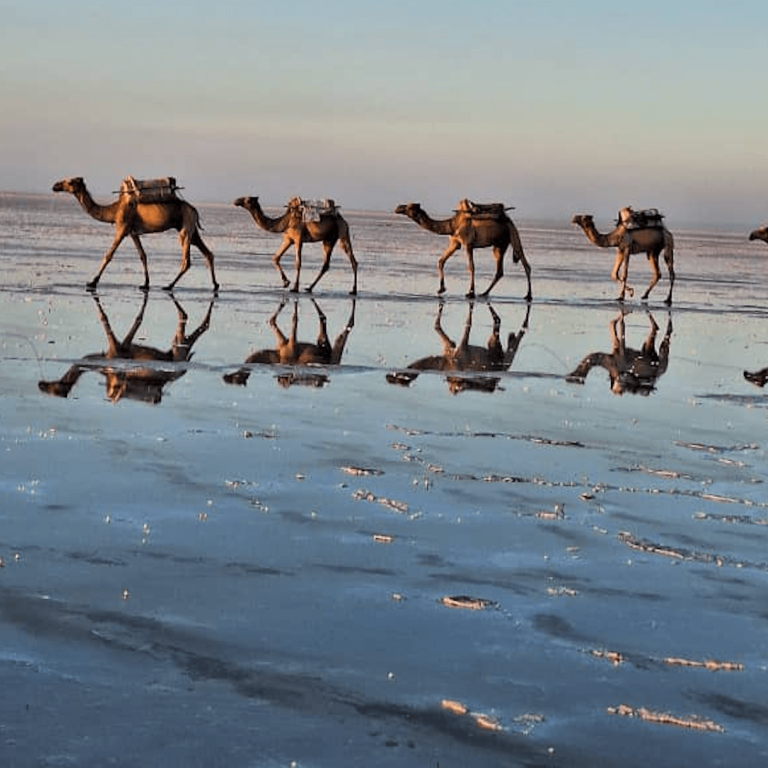
Where to Visit in Ethiopia
If you venture to Ethiopia with YellowWood Adventures, you can enjoy a journey to some of Ethiopia’s most extraordinary destinations, getting closer to its breathtaking beauty and rich cultural heritage. Including:
Gheralta Mountains & Rock-Hewn Churches – Trek through striking landscapes and visit centuries-old churches carved into towering cliffs.
The Simien Mountains – Experience dramatic escarpments, unique wildlife, and some of Africa’s most stunning highland scenery.
Bale Mountains National Park – Explore one of Ethiopia’s most biodiverse regions, home to the rare Ethiopian wolf.
The Danakil Depression – For those seeking extreme adventure, this otherworldly landscape of lava lakes and salt flats is one of the hottest places on Earth.
The Omo Valley – Discover Ethiopia’s diverse indigenous cultures in this remote and fascinating region.
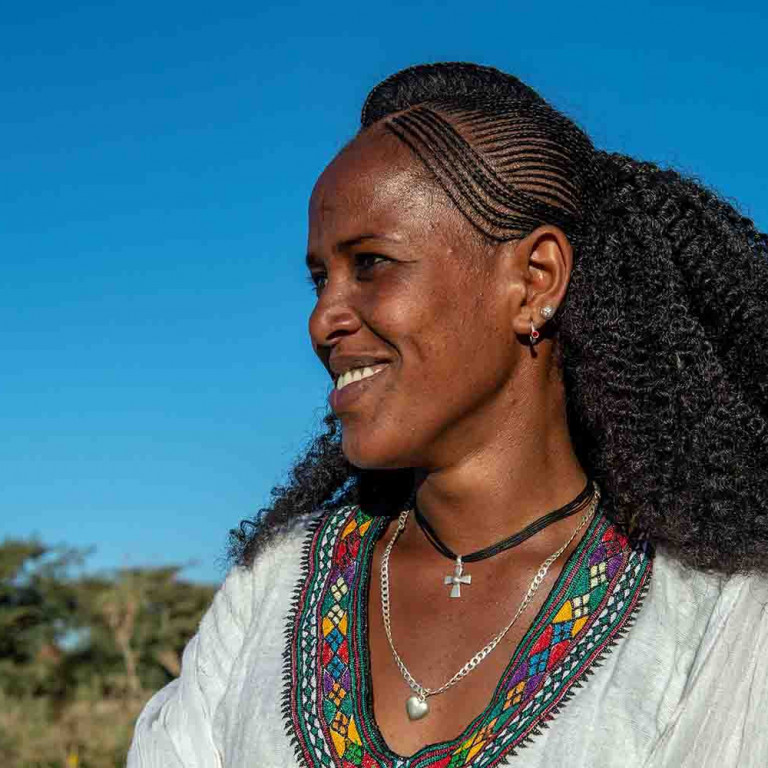
Travel Considerations for Ethiopia
Before planning your trip, it’s important to check the latest travel advice. Some regions of Ethiopia currently have restrictions or safety considerations.
We recommend reviewing the latest government guidance: UK Foreign Travel Advice for Ethiopia. While Ethiopia remains an incredible place to visit, staying informed and choosing the right areas to explore is essential.

Ethiopian Festivals to Experience
Timing your trip with Ethiopia’s vibrant festivals can add another layer of cultural immersion to your adventure:
- Timkat (January) – Ethiopia’s biggest religious festival, celebrating Epiphany with processions and water blessings.
- Meskel (September) – The discovery of the True Cross is marked with massive bonfires and celebrations.
- Genna (Ethiopian Christmas, January) – A unique Christmas celebration with traditional games and feasts.
Plan Your Ethiopian Adventure
With its diverse landscapes, rich culture and near-constant sunshine, Ethiopia is the perfect destination for those who seek authenticity and adventure. Whether trekking through mountain ranges, encountering rare wildlife or immersing yourself in ancient traditions, you will have an unforgettable journey.
Ready to explore Ethiopia? Discover our upcoming tours and take the path less travelled

